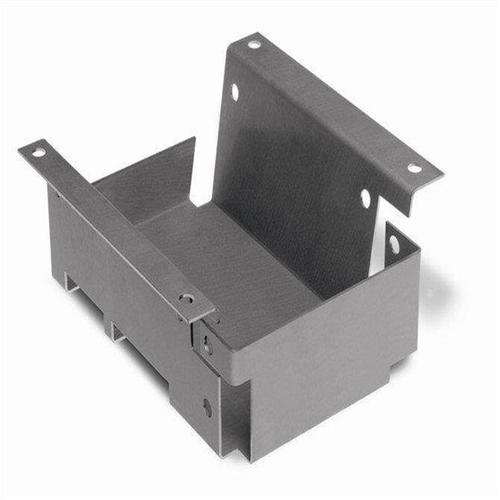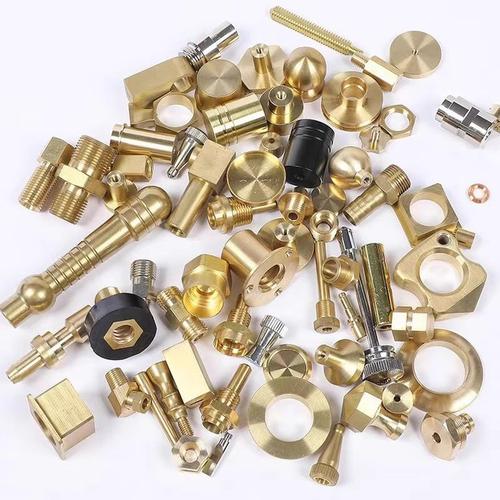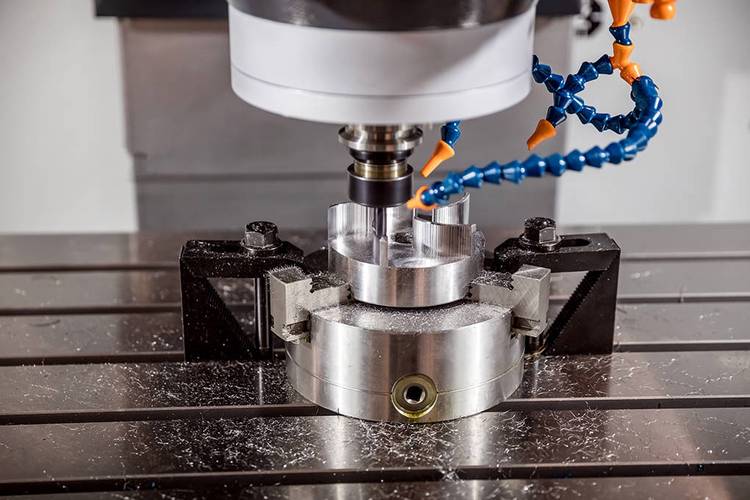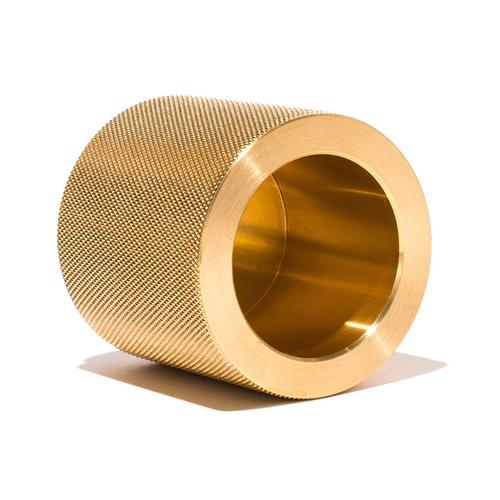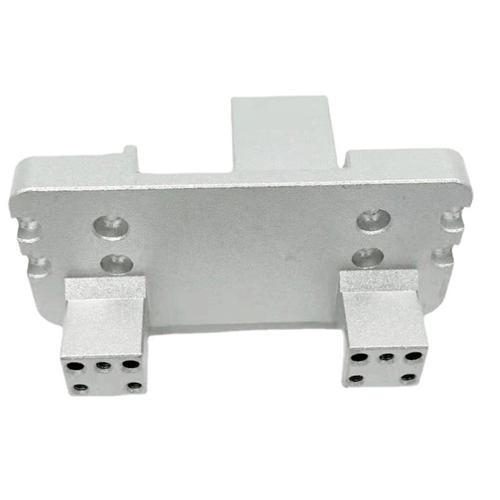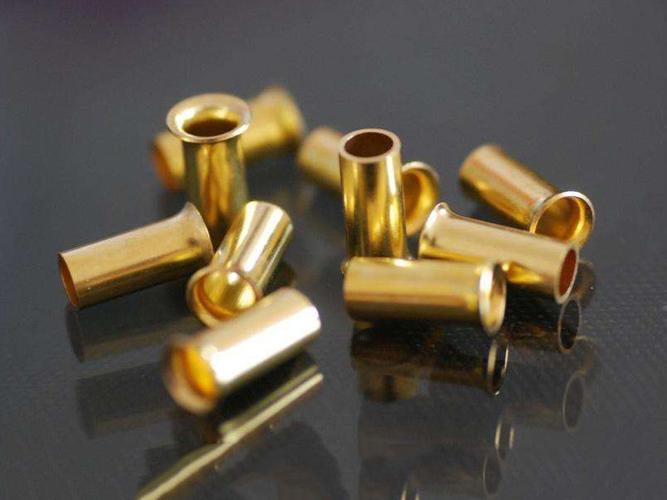The five key sheet metal operations are shearing, bending, punching, drawing, and forming. Shearing cuts sheets to size; bending shapes them into angles; punching creates holes or features; drawing forms hollow, cup-like parts; and forming shapes complex curves or contours. These operations transform flat metal sheets into functional components using specialized tools and machinery.
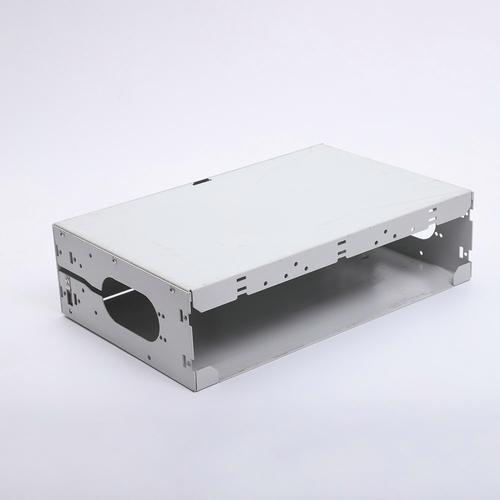
Detailed Analysis of the 5 Sheet Metal Operations
1. Shearing
Shearing is a primary operation that cuts sheet metal into flat, rectangular or irregular blanks, preparing material for subsequent processing.
- Technology & Equipment: Uses shear machines (mechanical, hydraulic, or pneumatic) with upper and lower blades. Guillotine shears handle large sheets (up to 3m), while laser or plasma cutters offer precision for complex shapes. Blade clearance (0.02–0.1× material thickness) ensures clean cuts without distortion.
- Process: The sheet is clamped to prevent movement, then the upper blade descends to shear through the material. For thick sheets (>3mm), hydraulic shears apply gradual force to avoid cracking; for thin sheets (<1mm), laser shearing achieves ±0.1mm accuracy.
- Materials & Applications: Works with mild steel, aluminum, copper, and stainless steel (thickness 0.5–6mm). Produces blanks for automotive panels, HVAC ducts, and construction brackets. Common in industries requiring high-volume, low-cost cutting.
- Challenges: Burrs on cut edges (solved by deburring with brushes or abrasive belts) and uneven cuts in thick materials (mitigated by proper blade alignment).
2. Bending
Bending shapes sheet metal into angles, channels, or U-profiles by deforming material along a straight axis, using force to create permanent folds.
- Technology & Equipment: Press brakes (mechanical, hydraulic, or servo-driven) with punch and die sets. The punch (upper tool) presses the sheet into the die (lower tool), which has a specific radius (0.5–5× material thickness) to control the bend. CNC press brakes offer ±0.1° angle accuracy.
- Process: The sheet is positioned against backgauges for precise alignment, then clamped. The punch descends, bending the sheet to the desired angle (90°, 135°, etc.). Springback (elastic recovery of 2–5°) is compensated by over-bending (e.g., bending to 92° for a final 90° angle).
- Materials & Applications: Ideal for ductile metals (aluminum 6061, mild steel, brass) with thickness 0.3–10mm. Produces brackets, enclosures, and structural components for electronics, furniture, and automotive industries.
- Challenges: Springback (addressed via die design or post-bend annealing) and wrinkling in thin sheets (prevented by using proper bend radii and clamping force).
3. Punching
Punching uses a punch and die to create holes, slots, or custom features in sheet metal by forcing the punch through the material, which then fractures and separates into a slug.
- Technology & Equipment: Punch presses (mechanical, hydraulic, or CNC turret punches) with interchangeable tooling. Turret punches hold multiple tools (round, square, oblong) for quick changes, enabling complex patterns in one setup.
- Process: The sheet is fed into the press, positioned over the die, and the punch descends to cut the feature. For holes, punch diameter must exceed material thickness to avoid tearing; for slots, the punch length is matched to slot width.
- Materials & Applications: Suitable for thin to medium sheets (0.3–6mm) of mild steel, aluminum, and stainless steel. Produces perforated panels (HVAC filters), electrical enclosures (mounting holes), and automotive grilles.
- Challenges: Slug retention (solved by vacuum systems or slug ejectors) and tool wear in hard materials (addressed with carbide punches for stainless steel).
4. Drawing
Drawing transforms flat sheets into hollow, cup-shaped or cylindrical parts by stretching material over a punch, which forces the sheet into a die cavity, reducing its thickness while increasing height.
- Technology & Equipment: Deep drawing presses with a punch, die, and blank holder. The blank holder applies pressure to the sheet’s edges to control material flow, preventing wrinkling. Hydraulic presses offer precise force control (10–1000 tons) for deep parts.
- Process: A flat blank is placed over the die, and the blank holder clamps it. The punch descends, drawing the material into the die to form the part. Multiple draws may be needed for deep parts (e.g., cans with height >3× diameter), with annealing between steps to relieve stress.
- Materials & Applications: Requires highly ductile metals (aluminum 3003, copper, low-carbon steel) with thickness 0.2–3mm. Produces cans, barrels, sinks, and automotive fuel tanks. Critical in packaging and appliance industries.
- Challenges: Wrinkling (fixed by increasing blank holder pressure) and thinning/rupture (prevented by controlling punch speed and using lubricants like mineral oil).
5. Forming
Forming encompasses specialized operations that shape sheet metal into complex curves, contours, or 3D profiles without cutting or bending along straight axes, using dies or rollers.
- Technology & Equipment: Roll forming machines (for continuous curves), spin forming lathes for axial symmetry parts, and stretch forming presses (for large panels). Roll formers feed sheets through a series of rollers, gradually bending them into shapes like C-channels or pipes.
- Process: For roll forming, the sheet passes through successive roller pairs, each adding a small bend until the final shape is achieved. Spin forming rotates a sheet while a tool presses it against a mandrel, creating bowls or cones. Stretch forming clamps sheet edges and stretches it over a die to form aerodynamic surfaces.
- Materials & Applications: Works with aluminum, stainless steel, and titanium (thickness 0.5–12mm). Produces automotive fenders, aircraft wing skins, pipe bends, and architectural metalwork (curved facades).
- Challenges: Springback in curved parts (compensated by over-forming) and thickness variation in stretch forming (mitigated by uniform tension distribution).
Each operation plays a critical role in transforming flat sheet metal into functional parts, with unique technologies and considerations tailored to material properties, part complexity, and industry demands. From simple cuts to intricate 3D shapes, these operations enable the production of diverse components across manufacturing sectors.

